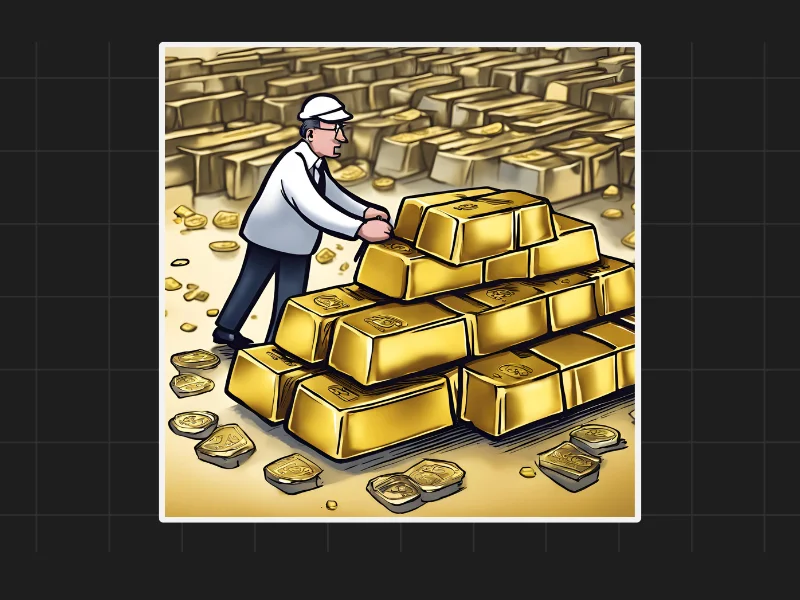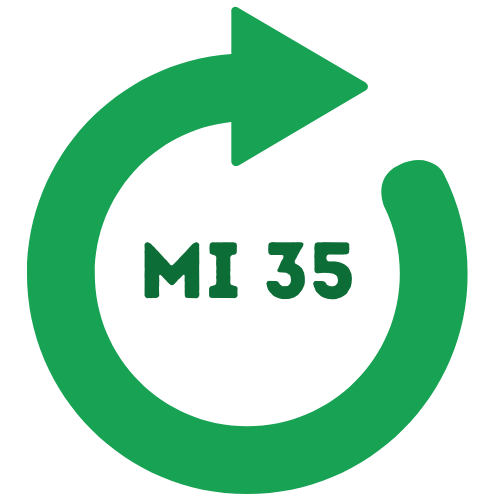The Challenge of Beating Benchmarks
Active fund management is a tough task. Beating the benchmarks is not easy, and this is evident when we look at the performance of various funds. For instance, in the Nifty Next 50 index funds, returns range from 32% to 64.5%. Even within the same category, there is a huge difference in performance. Some funds make 65%, while others make only 33%. This shows a significant shortfall, making it clear that not all active funds can keep up with the benchmarks.

Variability in Fund Performance
In the Nifty 100 index funds, the differences are not as extreme, but they still exist. Within the Nifty 50, some managers fall short, though not by as much. If you are an investor in the Nifty Next 50 index and the index returns 65% in a year, but your fund lags by 50%, it will take a lot for your fund to catch up. Chasing one-year returns can lead to frequent switching between funds, which may not always be beneficial.
The Pareto Principle in Fund Management
Over a long period, about 80% of active funds fail to beat the index returns. This is known as the Pareto principle. The probability of beating the index is reduced to just 20%. Finding the 20% of funds that can outperform requires either some luck or consistent performance indicators. Fund managers who do well in both rising and falling markets are worth considering.
Consistency is Key
Consistency in returns is crucial. A manager who outperforms in one season but underperforms in another should be approached with caution. The increasing popularity of passive investments makes it harder for active managers. More people are turning to index funds and ETFs. This trend is seen globally, not just in India. In the US, for example, 80% of fund managers do not beat the S&P 500 over the long term. Even renowned investors like Warren Buffett have struggled to consistently outperform the S&P 500.
Understanding Index Funds
An index fund is a managed fund where a committee decides the constituents and their weights every six months. It is not actively managed, but it is still a managed fund. If a passively managed fund can achieve certain returns while an actively managed fund struggles, it might be wise to consider passive funds. They offer a simpler and often more reliable investment option.
When choosing between active and passive funds, it is important to look at the performance of fund managers and the funds themselves. Consistency and the ability to perform well in different market conditions are key factors. While active management can offer potential rewards, the challenge of beating the index should not be underestimated. In many cases, passive funds provide a safer and more predictable investment route if one cannot find a portfolio that can beat the benchmark on a consistent basis.

Disclaimers and disclosures : https://tinyurl.com/2763eyaz
If you have any questions, please write to support@weekendinvesting.com













